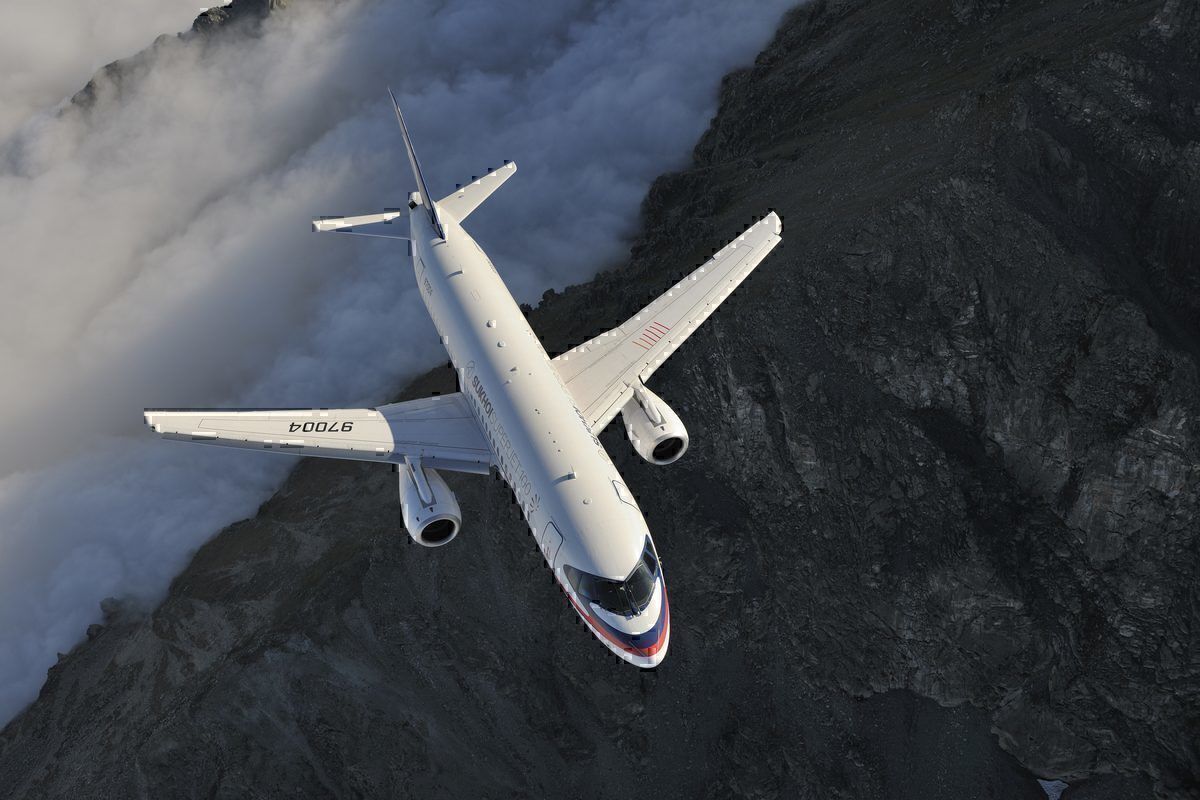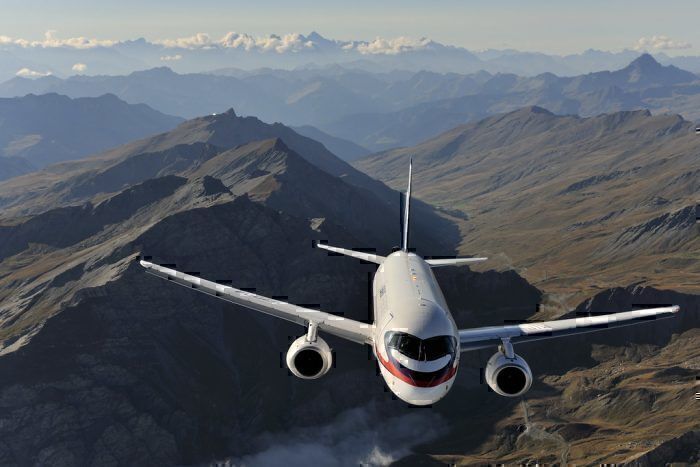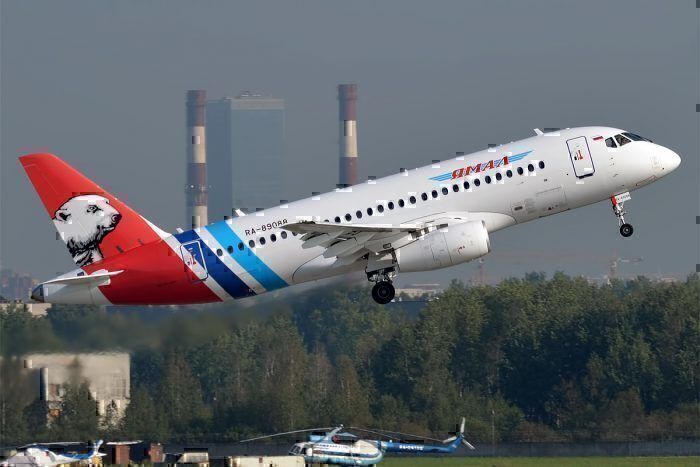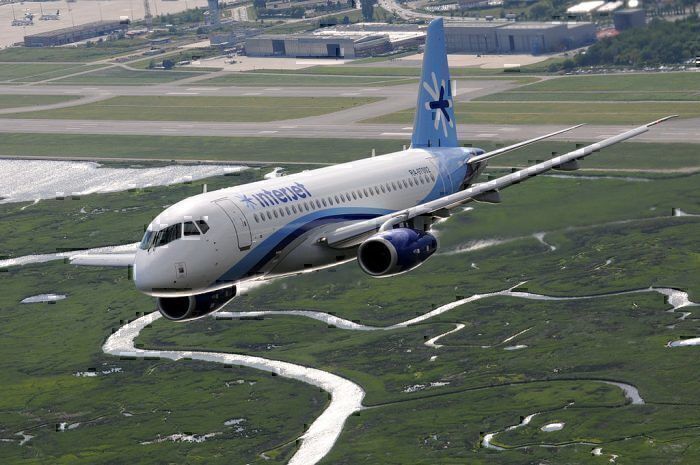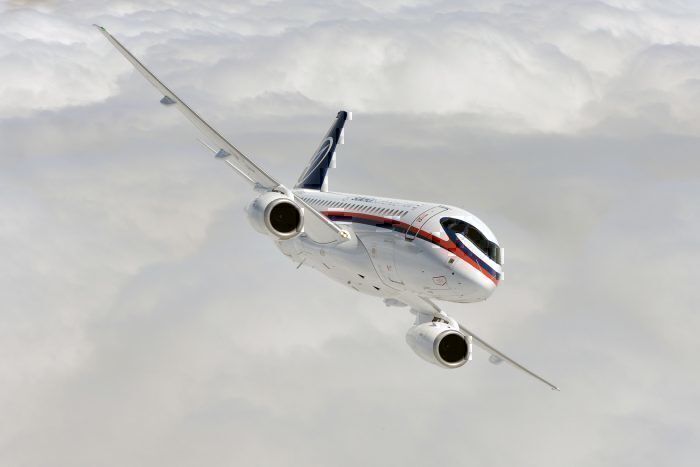The Sukhoi Superjet 100 has hit yet another bump in the road. Following the May 5th deadly crash of Aeroflot flight AU1492, the Russian aviation authority, Rosaviatsiya, have ordered inspections of the entire fleet. All 147 thought to be in service will need to be checked for safety by 25th June.
Times have never been tougher for the Sukhoi Superjet 100. Following the fatal crash of Aeroflot AU1492 in May this year, the aircraft has come under global scrutiny as investigators attempt to find out what caused the crash, and whether the plane is safe to fly.
Now, it seems that the Russian aviation regulator wants every SSJ100 in service to be thoroughly checked for safety and has issued an order for all operators to conduct investigations by the end of the month.
FATA orders inspections
Russia’s Federal Air Transport Regulator (FATA), Rosaviatsiya in Russian, has ordered a one off inspection of every Sukhoi Superjet 100 in operation. They have specified that these inspections must be conducted ‘within the shortest time possible’, as reported by Flight Global.
The checks need to cover a variety of items, from a general inspection of aircraft condition to in depth examination of engine logs. Airlines are tasked with ensuring maintenance tasks and service bulletins have been carried out effectively, and that on board emergency equipment is in place and operable.
The regulator also specifies that aids to communication and guidance should be inspected. Operators should also investigate whether logged issues with flight performance have been effectively addressed.
Most notably affected by this order will be Aeroflot, who are by far the oldest and largest operator of the SSJ100. They have 50 in service, with 100 more on order and have been part of their fleet since 2011. The only other major operators are Mexican Interjet with 22, and Russia’s Yamal Airlines with 15, Gazpromavia with 10 and IrAero with 9.
Rosaviatsiya have demanded a work completion certificate from all operators by the 25th June at the latest.
Superjet losing support
Following the accident on May 5th, other airlines have become wary of the Superjet. Many Western operators of the SSJ100 were already considering phasing it out, due to problems with availability of spares and technical support from the manufacturer.
Mexican LCC Interjet has said they want to sell their fleet of 20 Superjets, preferring to invest in Airbus A320s instead. Now, it seems that Russian carriers are losing faith in the model too.
The second largest operator of the Superjet, Yamal Airlines, has withdrawn from negotiations to purchase an additional 10 of the aircraft. They too cited problems with maintenance, specifically saying that the cost of servicing the jet was too high. Another regional carrier, RusLine, have told Russian news agency Kommersant that they will be withdrawing from plans to lease 18 of the planes, following the tragic crash last month.
Aeroflot are still on course to receive an additional 10 SSJ100s over the course of 2019. However, it seems that the airline has their hands tied to some extent. CEO Vitaly Saveliev told Russian news agency TASS, in 2017, that they might not have bought the Superjet were Aeroflot not state owned. He is quoted as saying,
“Nobody uses force to dictate anything to Aeroflot. We believe that this plane must fly. Who but us will be able to make it happen? In the whole country there is no other such company. True, this implies certain costs. In a sense it’s a headache. If Aeroflot were a private company, its shareholders might refuse to do that. But we respond to this situation with understanding.”
According to Reuters, Aeroflot have scaled back the number of flights using the SSJ100 in the wake of the crash. They say that, in the two weeks following the crash, Aeroflot flew 129 flights, around 7%, fewer using the plane. In one situation, an Airbus had to be rapidly substituted after an aborted takeoff in a Superjet sent passengers into a panic, with many refusing to continue their journey.
More than 200,000 people have signed a petition calling for the aircraft to be banned. With the MC-21 looking to be a keen rival to the SSJ100, and EASA approval targeted for the middle of next year, the future of the Superjet looks to be somewhat less than rosy.

